How Does Subaru AWD Work?

When roadways get snowy or crusted with ice, you’re probably going to wish you had a Subaru.
Sure, plenty of automakers offer all-wheel drive, but no other firm except for perhaps Audi hangs its hat on this feature like Subaru. Every single vehicle the Japanese automaker builds save the rear-wheel-drive BRZ sports car comes with standard four-corner traction. In addition to safety and reliability, Charles Ballard, product and technology communications specialist at Subaru of America said, “It’s one of our core tenants,” an absolute foundational element of the brand.
Compared to rival car companies, Subaru’s famed full-time Symmetrical all-wheel-drive system is a little different. “The all-wheel-drive system is built first,” noted Ballard, adding that they did not take a front- or rear-drive platform and adapt it to all-wheel drive like most rivals do. They engineered their system from the ground up.
“So, people still think of all-wheel drive, ‘I just need it in snow.’ But it’s all part of the big picture of safety, of keeping that car on its path,” explained Ballard. “It’ll distribute the power… from the wheels that slip to the wheels that grip to keep you on your course.” This makes Subarus popular even in warm-weather climates as well, places where rain is a regular part of the forecast.
Subaru offers what’s known as a permanent all-wheel drive, meaning all four wheels are driven at all times. Competing systems often disconnect the front or rear axle when extra traction isn’t needed to reduce parasitic losses and ultimately improve fuel economy. Other AWD systems wait for slippage to happen before sending power to certain wheels (often referred to as “slip and grip systems”), but Subaru’s system sends power to all four wheels all the time. Additionally, Subaru’s system comes with a center differential, which varies engine torque between the front and rear axles depending on driving conditions.
Several variations of this system are offered, varying based on vehicle type. Ballard said more mainstream products like the Legacy sedan or Outback station wagon, models equipped with continuously variable automatic transmissions, have more front-wheel bias. “[But] the STI, for example, you can control the power distribution so you could load up the rear or load up the front depending on your driving.”
Subarus with manual transmissions excluding the WRX and WRX STI feature a standard 50-50 front-to-rear torque split. They’re also fitted with a viscous mechanical center differential.
SEE ALSO: Learn to Drive on Ice and Snow with the Subaru Winter Experience
The firm’s so-called Active All-Wheel Drive system is found in the majority of Subarus, models paired with a CVT. It Sends most of the engine’s torque to front wheels, though, yes, the rears are always driven as well. An electro-hydraulic multi-plate clutch pack shuffles twist from front to rear as required.
Subaru’s performance-oriented models benefit from Variable Torque Distribution All-Wheel Drive. This arrangement is fitted to products equipped with turbocharged engines. It includes an electronically controlled clutch pack with a planetary gearset. The front-to-rear torque split is 45-to-50 for a sportier feel.
Finally, Variable Torque Distribution All-Wheel Drive with a Driver Controlled Center Differential is offered in the WRX STI. This ultra-high-performance system is engineered with a 41-to-59 percent front-to-rear torque split though drivers can manually adjust how much of that twist is routed to the axles depending on preference.
ALSO SEE: Why You Absolutely Need Winter Tires, Even If You Have All-Wheel Drive
Whether you’ve opted for a base Impreza sedan or gone all-in on an STI, Subarus provide an added dose of confidence no matter the conditions. It’s a defining feature of this brand and something that can be vital, especially in wintry weather.
Discuss this story on our Subaru Forum

Born and raised in metro Detroit, Craig was steeped in mechanics from childhood. He feels as much at home with a wrench or welding gun in his hand as he does behind the wheel or in front of a camera. Putting his Bachelor's Degree in Journalism to good use, he's always pumping out videos, reviews, and features for AutoGuide.com. When the workday is over, he can be found out driving his fully restored 1936 Ford V8 sedan. Craig has covered the automotive industry full time for more than 10 years and is a member of the Automotive Press Association (APA) and Midwest Automotive Media Association (MAMA).
More by Craig Cole



















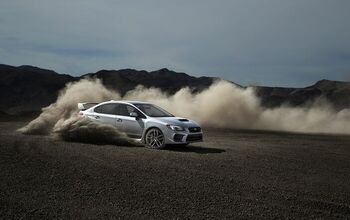
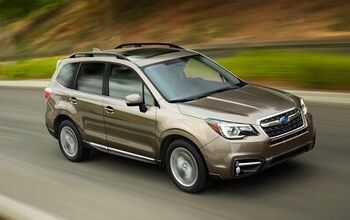
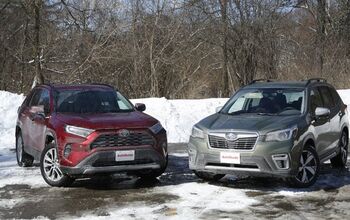
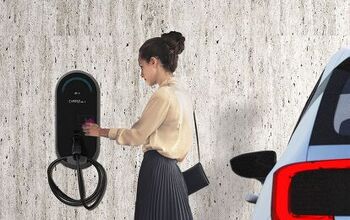

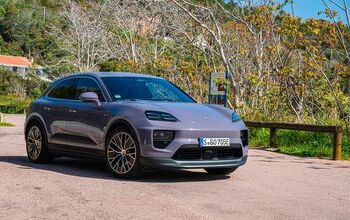


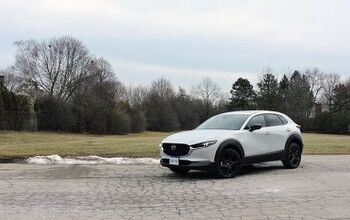

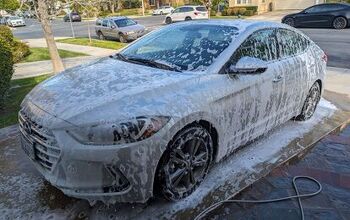


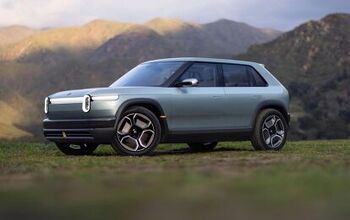

Comments
Join the conversation